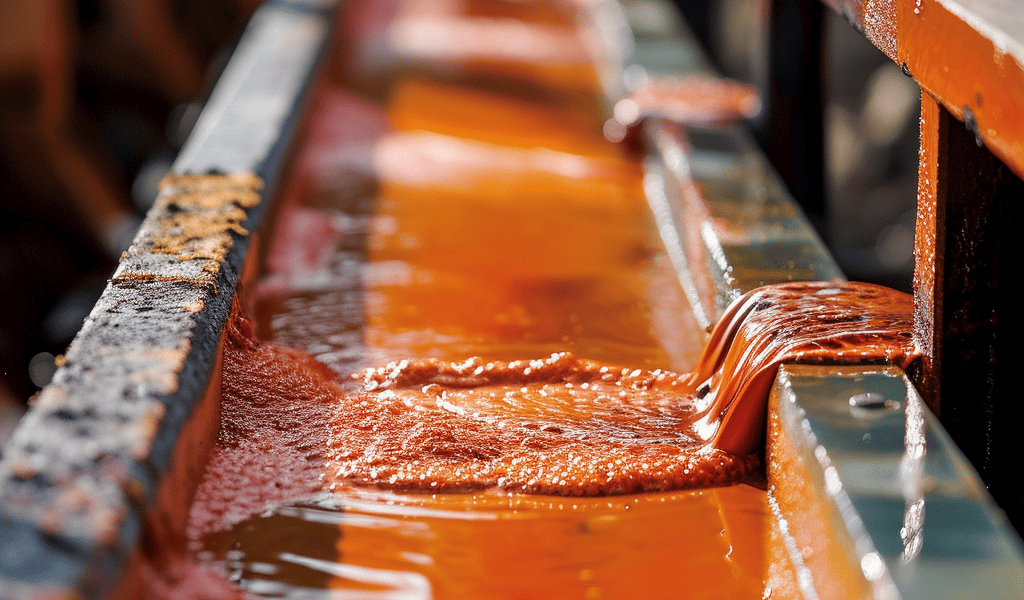Green steel is on the horizon, as researchers have found a way to transform red mud, a by-product of aluminium production, into a valuable feedstock for ironmaking. This innovative process utilizes fossil-free hydrogen-plasma-based reduction to convert red mud into sustainable material for steel production, potentially reducing carbon dioxide emissions.
Red mud, also known as red sludge or bauxite residue, is a highly alkaline slurry containing a complex mixture of oxides, traces of valuable metals, and potentially toxic heavy metals. With approximately 180 million tonnes produced annually, red mud has become one of the largest environmentally hazardous waste products, accumulating a staggering 4 billion tonnes globally.
The new method involves rapid liquid-state reduction, chemical partitioning, and separation between metal and oxides. The researchers have outlined the chemical reactions, pH-neutralization processes, and phase transformations involved in this efficient reduction process. By utilizing red mud as a feedstock, the approach aims to mitigate greenhouse gas emissions from steelmaking, potentially enabling the production of several hundred million tonnes of green steel.
Aluminium, the fastest-growing mass-produced material group, relies on the refinement of bauxite into alumina through the Bayer process, leaving red mud as a by-product. While only 3% of red mud is currently recycled, mostly for construction purposes, the surplus accumulates into a massive global stockpile. This new approach offers a sustainable solution for treating the toxic waste from aluminium production and repurposing it for steelmaking, aligning with the growing demand for environmentally friendly practices in the industry.





